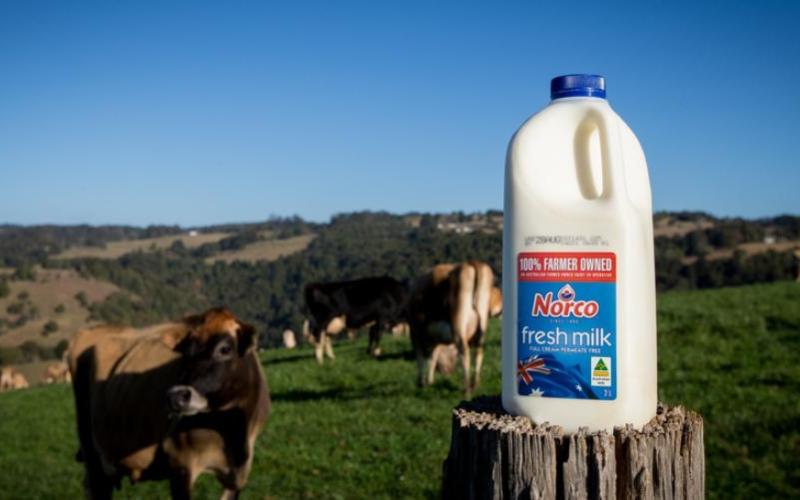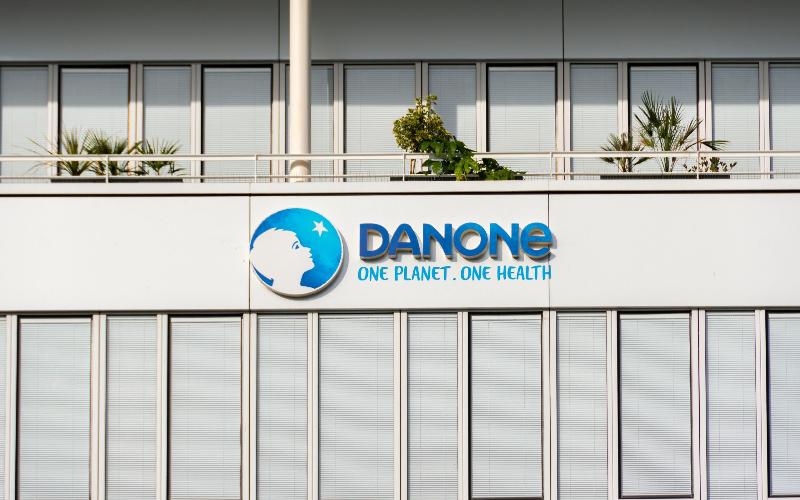EU Butter Production Declines Amid Shift to Cheese, Constrained Milk Supplies
Source: The DairyNews
In 2024, the European Union (EU) is poised to see a slight reduction in butter production, falling by just over 1% from the previous year, according to a recent USDA report. This decline is largely due to limited milk supplies prompting dairy processors to favor cheese production, which offers higher returns compared to butter and non-fat dry milk (NDM).

The trend of declining butter production was noticeable early in the year, with a 4% drop recorded in the first few months compared to the same period in 2023. Key producers such as Germany, France, Ireland, Poland, and the Netherlands, which together account for approximately 75% of the EU’s butter output, are all expected to see reduced production levels.
Domestic consumption within the EU is also on a downward trajectory, continuing a trend influenced by health concerns and a shift in consumer preferences towards plant-based alternatives. This is particularly pronounced in Mediterranean countries, where olive oil is a traditional staple. Consequently, total domestic butter consumption is projected to fall by 3% from 2023.
On the export front, EU butter is facing a challenging year with projections pointing to a decrease in 2024. This stems from the reduced production and heightened competition from other global exporters. Although there was a surge in exports in 2023 due to favorable pricing and the need to deplete stockpiles, early indicators from 2024 show a 4% decrease in exports year-over-year through May, with expectations of continued decline. The total exports are forecasted at 280,000 tons, with the primary markets being the United Kingdom, the United States, Saudi Arabia, China, and South Korea.
The tightening of EU butter stocks and higher farm-gate milk prices are making EU butter less competitive internationally, likely leading to a contraction in export volumes.
Domestic consumption within the EU is also on a downward trajectory, continuing a trend influenced by health concerns and a shift in consumer preferences towards plant-based alternatives. This is particularly pronounced in Mediterranean countries, where olive oil is a traditional staple. Consequently, total domestic butter consumption is projected to fall by 3% from 2023.
On the export front, EU butter is facing a challenging year with projections pointing to a decrease in 2024. This stems from the reduced production and heightened competition from other global exporters. Although there was a surge in exports in 2023 due to favorable pricing and the need to deplete stockpiles, early indicators from 2024 show a 4% decrease in exports year-over-year through May, with expectations of continued decline. The total exports are forecasted at 280,000 tons, with the primary markets being the United Kingdom, the United States, Saudi Arabia, China, and South Korea.
The tightening of EU butter stocks and higher farm-gate milk prices are making EU butter less competitive internationally, likely leading to a contraction in export volumes.
Key News of the Week














